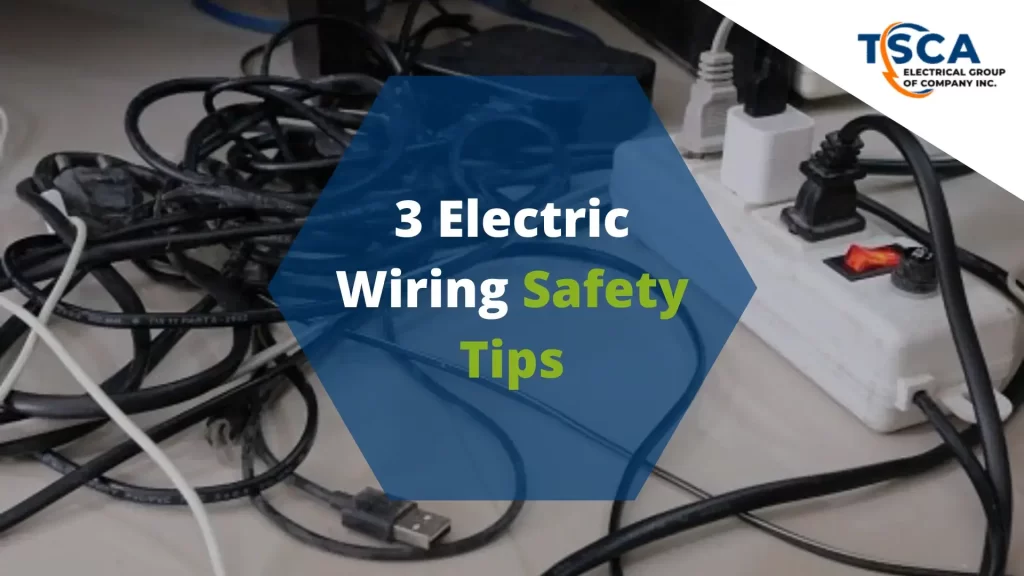Electric Wiring Safety. Electrical wiring is all about safety. Install an outlet properly and it’s as safe as it can be; install it improperly and it’s potentially deadly. That’s why there are so many rules surrounding electrical wiring and installations. The rules can be complicated, for sure, and sometimes confusing even for master electricians, but there are basic concepts and practices that apply to almost every electrical wiring project. Furthermore, electrical hazards are the third-leading cause of fatal injuries among construction workers. One of every eight-construction industry deaths involves electricity.
3 Crucial Safety Rules to Follow
1. Test for Power
The best way to prevent electrical shock is to test wires and devices for power before working on them or near them. So, simply shutting off the power isn’t good enough.
2. Check Amperage Ratings
All electrical wiring and devices have an amperage, or amp, rating. This is the maximum amount of electrical current they can safely carry. Most standard household circuits are rated for 15 amps or 20 amps, while large-appliance circuits (such as for electric dryers and ranges) may be rated for 30, 40, 50, or more amps.
3. Respect Grounding and Polarization
Grounding and polarization are essential for the safety of modern electrical systems. Grounding provides a safe path for stray electrical current caused by a fault or other problem in a circuit. Whereas polarization ensures that electrical current travels from the source along “hot” wires and returns to the source along neutral wires. So, always remember to follow the manufacturer’s wiring diagrams and understand—and use—your home’s grounding system to ensure grounding and polarization remain intact.
Another Electric Wiring Safety to Remember:
– De-energize electrical circuits before doing any type of work on them.
– Use lockout devices to prevent a circuit from becoming live.
– Put a tag on the locked device, indicating that it should not be turned on.
– Clearly identify the disconnected power source and circuits.
– Use an AC voltage tester to verify that the electrical power is off.
– Use insulated tools and gloves when working on electrical wires.
——
Thanks for reading , visit our blog page for more articles. We would love to hear about your electrical needs. Furthermore, please feel free to email or call us. Someone from our team will respond to your request right away. Feel free to get in touch with us.
1st Source(s): https://www.awoakes.com/toolbox/
“DISCLAIMER: I don’t own the COPYRIGHT on the content of this article. This article is purely for sharing information only. The owner is on the source link above, click the link to visit them.”





